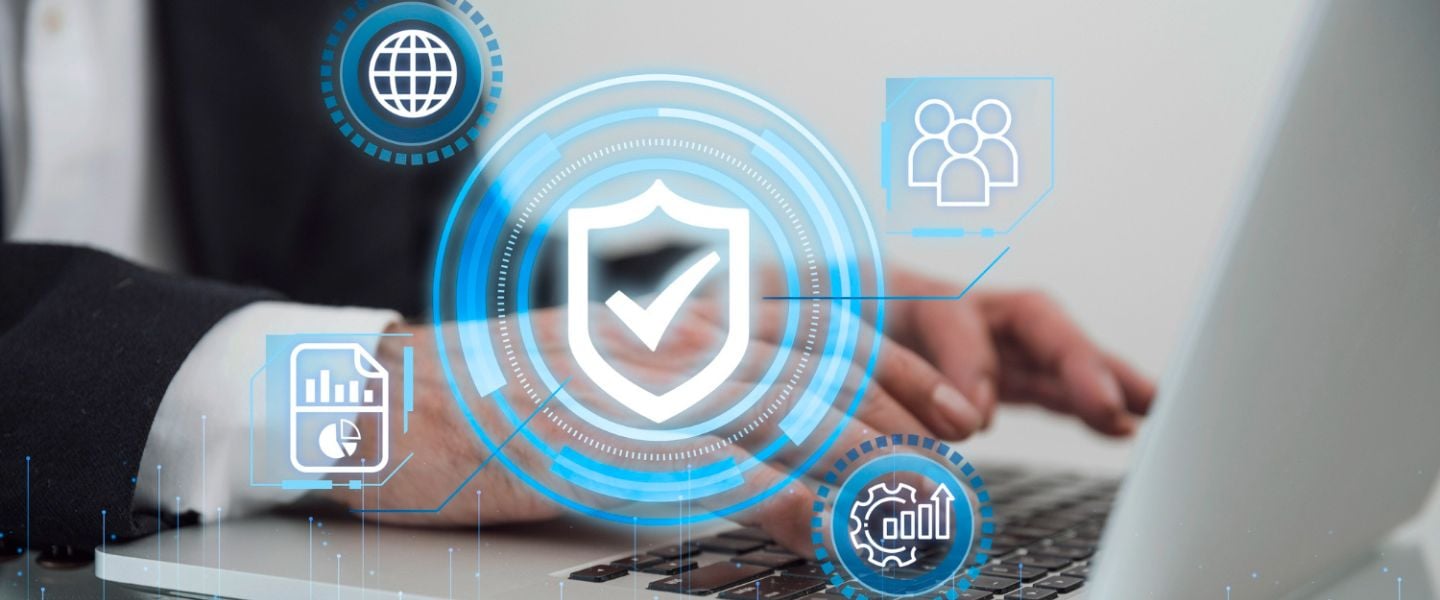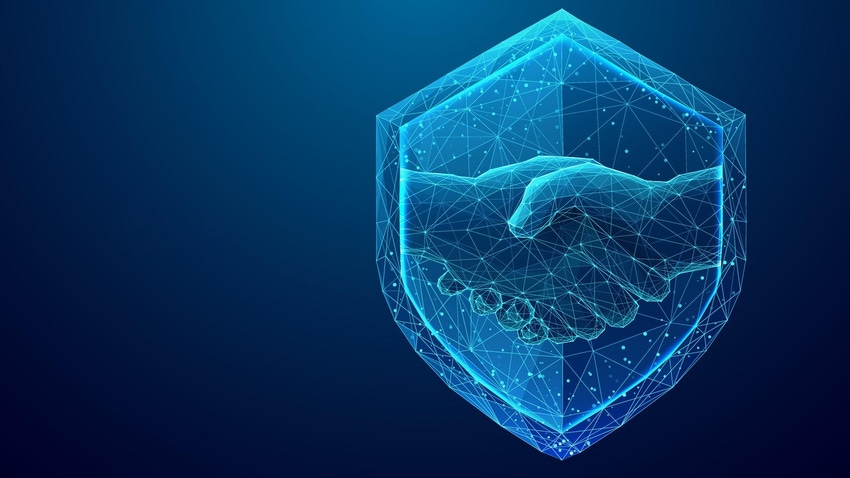Less Code Alternatives to Low Code

Embracing a “minimalist coding” philosophy is foundational. It’s anchored in a
gravitation toward clarity, prompting you to identify the indispensable elements
in your code, and then discard the rest. Is there a more succinct solution? Can
a tool achieve this outcome with less code? Am I building something unique and
valuable or rehashing solved problems? Every line of code must be viewed for the
potential value it delivers and the future burden it represents. Reduce that
burden by avoiding or removing code when you can and leveraging the work of
others. ... Modern frameworks offer a significant enhancement to development
productivity, primarily by reducing the amount of code written to perform common
tasks. Additionally, the underlying code of the framework is tested and
maintained by the community, alleviating peripheral maintenance burdens. The
same goes for code generators; they’re not merely about avoiding repetitive
keystrokes, but about ensuring that the generated code itself is consistent and
efficient.
Software Deployment Security: Risks and Best Practices
Blue-Green Deployment is a release management strategy designed to reduce
downtime and risk by running two identical production environments, known as
Blue and Green. At any time, only one of these environments is live, with the
live environment serving all production traffic. The primary security
implication of the Blue-Green deployment is the risk of data inconsistency
during the switchover. If not properly managed, sensitive data could be exposed,
lost or corrupted. Furthermore, because two environments are maintained,
security measures must be duplicated, potentially leading to inconsistencies and
vulnerabilities if not properly managed. ... Canary deployment is a strategy
where new software versions are gradually rolled out to a small subset of users
before being deployed to the entire infrastructure. This strategy allows teams
to test and monitor the performance of the new release in a live environment
with less risk. Canary deployment can potentially expose new software versions
to a smaller user base, potentially exposing vulnerabilities before a full-scale
release. If a vulnerability is exploited during this stage, it could lead to a
security breach affecting a subset of users.
It’s time to take your genAI skills to the next level

The workforce of the future will learn AI in school and during the next 15
years, each successive generation of graduates will likely have much stronger AI
kung fu than the last. In fact, my own son owns a Silicon Valley based startup
called Chatterbox, which exists to teach AI literacy to kids as young as eight
years old. Learning AI at that age is unimaginable to adults currently in the
workforce. Young workers entering the workforce will have a vastly superior
knowledge of, and ability with, AI than the workforce that went to school before
the LLM-based genAI revolution of 2022 and 2023. That’s why one of the smartest
things you can do now, regardless of your specific occupation, is to get very
serious about learning a lot more about genAI. “Prompt engineering” — the
ability to use words to get output from genAI tools — is the skill of the year.
But it’s only a matter of time before basic proficiency in prompt engineering
becomes commonplace and banal. It’s important to set yourself apart from the
crowd by going further and really studying how generative AI works, its
limitations and potentialities, and the ethical and legal issues are around its
output.
Why digital banking is a crucial financial literacy skill for kids
By starting early and providing guidance, parents and educators play a crucial
role in helping children develop strong financial literacy skills. Digital
banking not only enables children to understand the mechanics of money but also
fosters a healthy relationship with finances. For instance, some innovative
neobanks in India are currently providing prepaid cards that are exceptionally
user-friendly and intuitive. These cards offer a unique opportunity for children
to develop crucial financial literacy skills, such as prudent money management,
efficient budgeting, and smart savings habits. ... The positive impact of early
financial education, including digital banking literacy, on long-term financial
well-being cannot be overstated. Introducing children to digital banking at a
young age provides them with the knowledge and skills needed to make informed
financial decisions throughout their lives. It not only equips them with the
tools to navigate the cashless economy effectively but also fosters financial
independence, responsibility, and resilience in the face of evolving financial
challenges.
Mastering a multi-cloud environment

It is essential to understand the challenges that exist while creating a robust
multi-cloud architecture. You need to incorporate the right set of tools and
technologies to support workload placement across diverse platforms and
services. A solid operating model to effectively manage multi-cloud use is
imperative – breaking it down into process security, technology, financial
operations and people and skills. One of the keys is aligning IT service
management with your multi-cloud operating model – implementing the right
technology to effectively operate, manage, monitor and secure resources and
services among providers – from data management, governance and security to
vendor licenses, contracts and more. ... In today’s fast-changing and
threat-laden environment, a new approach to resilience is indispensable – one
that helps ensure your ability to ‘bounce back’ quickly from disruptions and
maintain application availability. New functional capabilities and skills to
embed resilience through design is the way forward and it will likely require
businesses to give resilience greater priority as they invest in innovation.
Do we have enough GPUs to manifest AI’s potential?

The current production and availability of GPUs is insufficient to manifest AI’s
ever-evolving potential. Many businesses face challenges in obtaining the
necessary hardware for their operations, dampening their capacity for
innovation. As manufacturers continue ramping up GPU unit production, many
companies are already being hobbled by GPU accessibility. According to Fortune,
OpenAI CEO Sam Altman privately acknowledged that GPU supply constraints were
impacting the company’s business. ... Exploring alternative hardware to power AI
applications presents a viable route for organizations striving for efficient
processing. Depending on the specific AI workload requirements, CPUs,
field-programmable gate arrays (FPGAs), and application-specific integrated
circuits (ASICs) may be excellent alternatives. FPGAs, which are known for their
customizable nature, and ASICs, specifically designed for a particular use case,
both have the potential to effectively handle AI tasks. However, it’s crucial to
note that these alternatives might exhibit different performance characteristics
and trade-offs.
The state of API security in 2023

Only 38% of organizations have solutions that enable them to understand the
context between API activities, user behaviors, data streams, and code
execution. In hyper-connected digital ecosystems, understanding this data is
crucial. An anomaly in user behavior or a suspicious data flow might be early
indicators of a breach attempt or a vulnerability exploitation. Moreover, the
capability to tailor security responses based on dynamic threat parameters is
indispensable. While generalized security protocols can thwart common threats,
customized defenses based on threat actors, compromised tokens, IP abuse
velocity, geolocations, IP ASNs, and specific attack patterns can be the
difference between a repelled threat and a security breach. Yet most
organizations do not have this capability. Lastly, companies continue to
overlook the need to monitor and understand the communication patterns between
API endpoints and application services. An API might be functioning as intended,
but if its communication pattern is anomalous or its interactions with other
services are unexpected, it could be an indicator of underlying vulnerabilities
or misconfigurations.
AI Safety? Rishi Sunak is all in for Elon Musk's work-free fantasy
“There will come a point where no job is needed,” Musk said. “You can have a job
if you want to have a job, for personal satisfaction, but the AI will be able to
do everything.” In this world, everyone would have what they wanted: “Not a
universal basic income, we'll have universal high income.” Musk didn’t give any
ideas on how that world will appear, either because he didn’t think he had to,
or he didn’t want to face up to the idea that billionaires might have to learn
to share. Instead, he cited the Civilisation science fiction novels of Iain
Banks, which really just do the same thing better, placing people in a future
quasi-Utopia, without giving any suggestion how society transferred from
capitalism to a world of freely available high-tech. The real frustration of the
AI Safety Summit, on display in the Musk-Sunak show, is that knowledge is power.
Musk and the tech billionaires have both, while our elected representatives have
neither [even if Sunak and his wife are personally close to billionaire status
themselves].
Digital risk: Time to merge cyber security and data privacy

Taking an integrated business approach to managing digital risk delivers a
number of key benefits to organisations. Firstly, it can help to bring forward
digital transformation initiatives because the data classification and
compliance that companies are undertaking across the business for various
purposes is aligned and coordinated. Secondly, a digital risk function that
conducts comprehensive assessments of third-party and supply chain digital risk
is better positioned to ensure that risk is considered across the organisation.
One way to do this is by pre-approving vendors from a risk perspective.
“Businesses can digitally transform quicker if they do the supplier approval
process up front,” says
James Arthur,
Partner, Head of Cyber Consulting, Grant Thornton UK. “It’s a lot easier to do
this if you have a single digital risk function that proactively assesses cyber
security and privacy risk together.” Thirdly, businesses continue to use new
technologies to seek out commercial advantage, meaning their approach to data
privacy and cyber security also needs to continually evolve, to address new
threats and vulnerabilities.
Where Does Cybersecurity Fit Into the Acquisition Process?

Acquiring and integrating an outside company also means inheriting a brand-new
set of cybersecurity risks -- both direct and third-party. “If we make an
acquisition, a lot of our customers will request to gain some understanding of
the security of the company [we] acquired,” Huber explains. How will a company
manage those newly acquired risks? Answering that question takes time and comes
with a learning curve. Due diligence plays a big role in uncovering those risks,
but the possibility that an unknown risk will emerge following the closing of a
deal is almost certain. “I think that is always going to happen,” says Huber.
“It’s not [a challenge] you can really plan for other than knowing that
something’s going to happen.” Acquisitions can take months or quarters from deal
consideration to closing. The first part of that process involves vetting the
potential fit from business and technical perspectives. Once an acquisition
appears to be a promising fit, the acquiring organization must go through its
entire due diligence playbook to understand the opportunities and risks
associated with its target.
Quote for the day:
"If it wasn't hard, everyone would do
it. The hard is what makes it great." -- Tom Hanks
No comments:
Post a Comment